Life is Strange: Double Exposure confirms that there is "no canon ending" to the first game, and that leaves me with more questions than answers
Preview | I didn't know how much I wanted or needed a new Life is Strange game until it fell into my lap
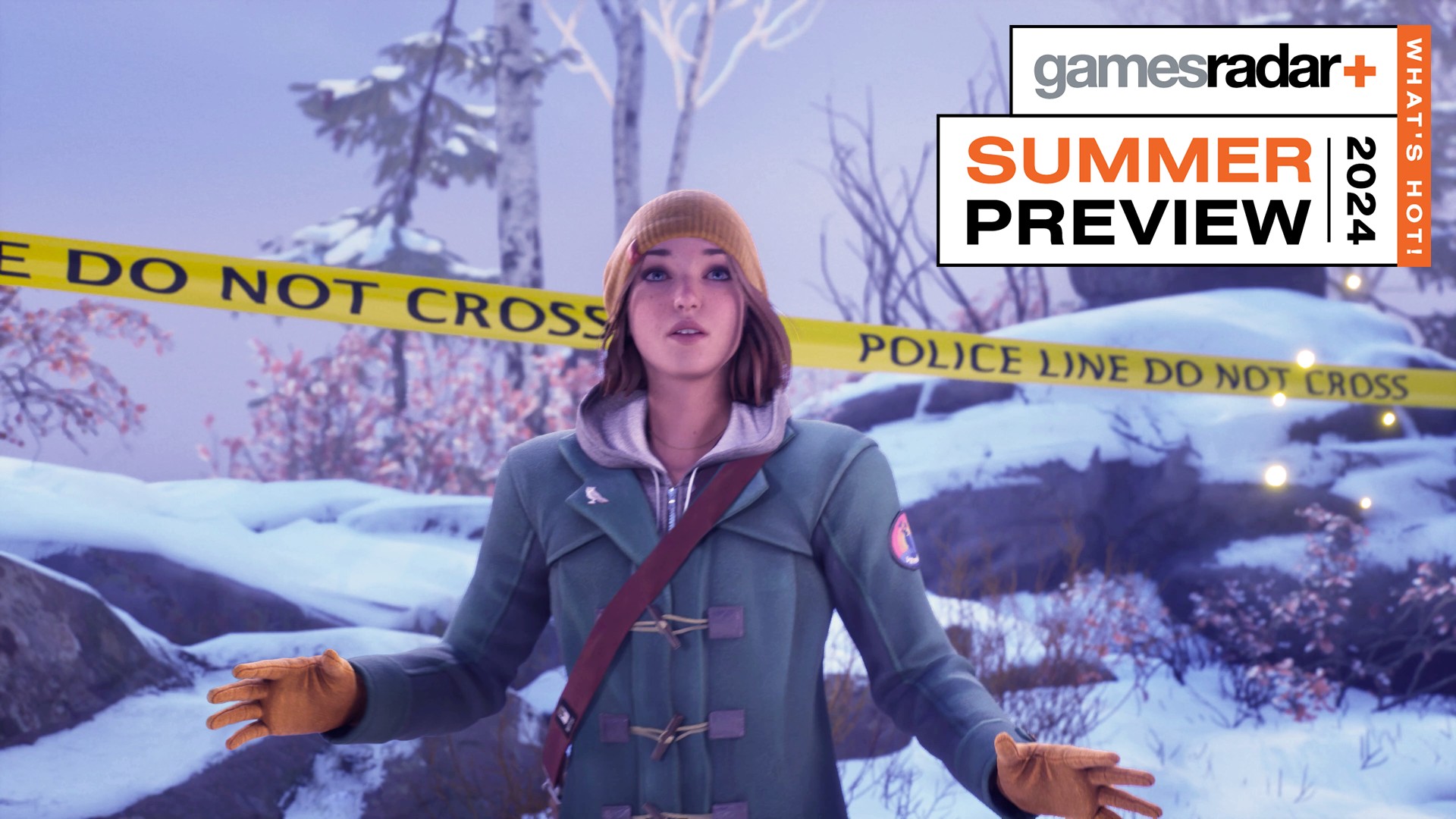
I was already excited for Life is Strange: Double Exposure, and then the extended reveal happened. It was surprising enough to see Max Caulfield make her return to the series in the announcement trailer shown at the Xbox Games Showcase, now all grown up as an artist-in-residence at a prestigious university, but I found myself asking the most important question of all: which reality is she living in?
The end of 2015's Life is Strange gave players a seemingly impossible decision to make. Forcing Max to choose between saving her best friend and potential crush, Chloe, or the fate of an entire town? Yeah, that was an evil move, Don't Nod, one that many of us were happy to leave in the rearview mirror. But with Deck Nine's game director Johnathan Stauder confirming Double Exposure will "respect both those endings", I'm even more sold on Max's new adventure – and exactly how far the ripple effects from the first game will carry over.
Summer Games Preview
We're diving into the hottest upcoming games out of Summer Game Fest. To find all of our hands-on reports, visit GamesRadar's What's Hot 2024 hub.
Homecoming
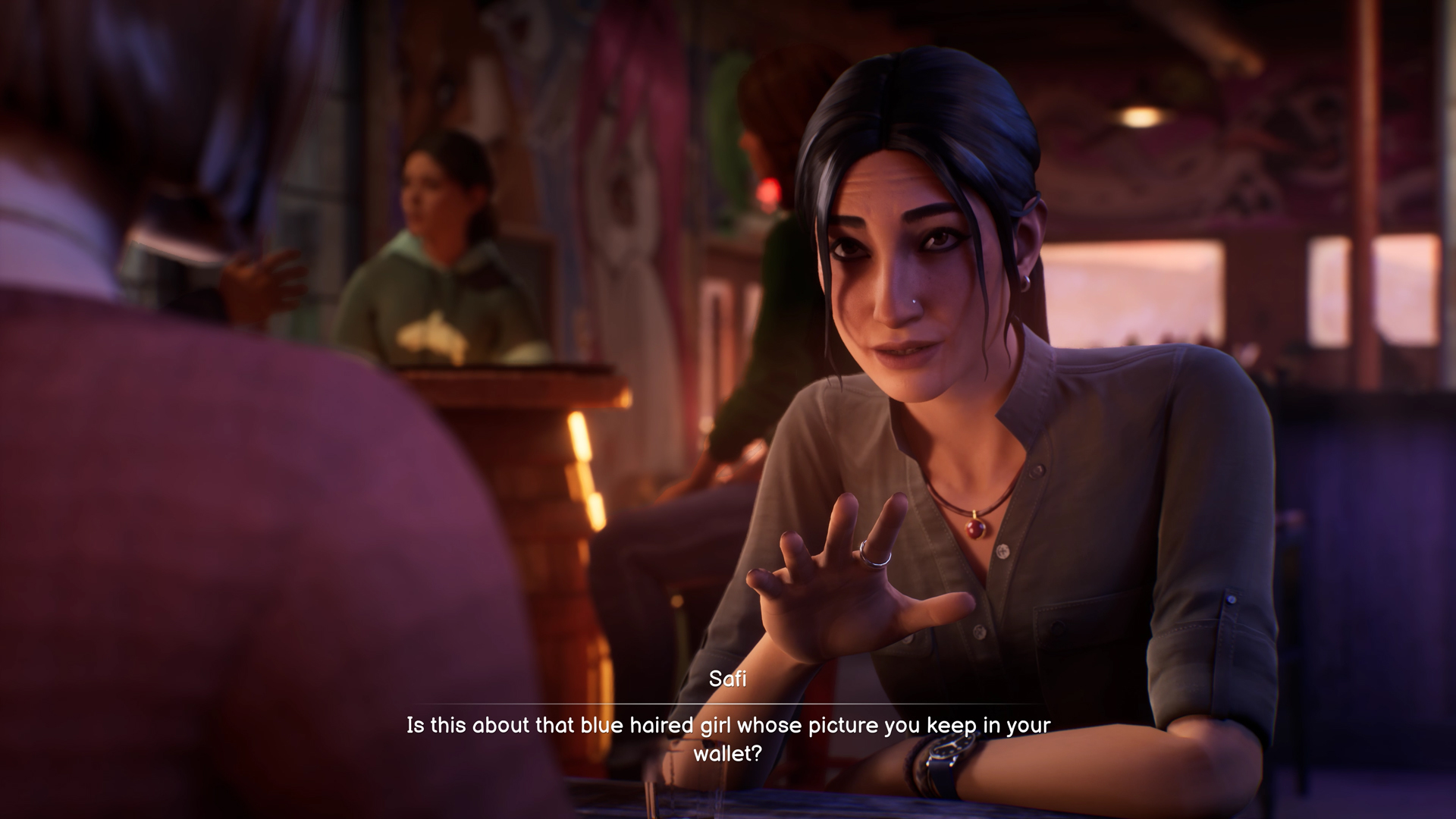
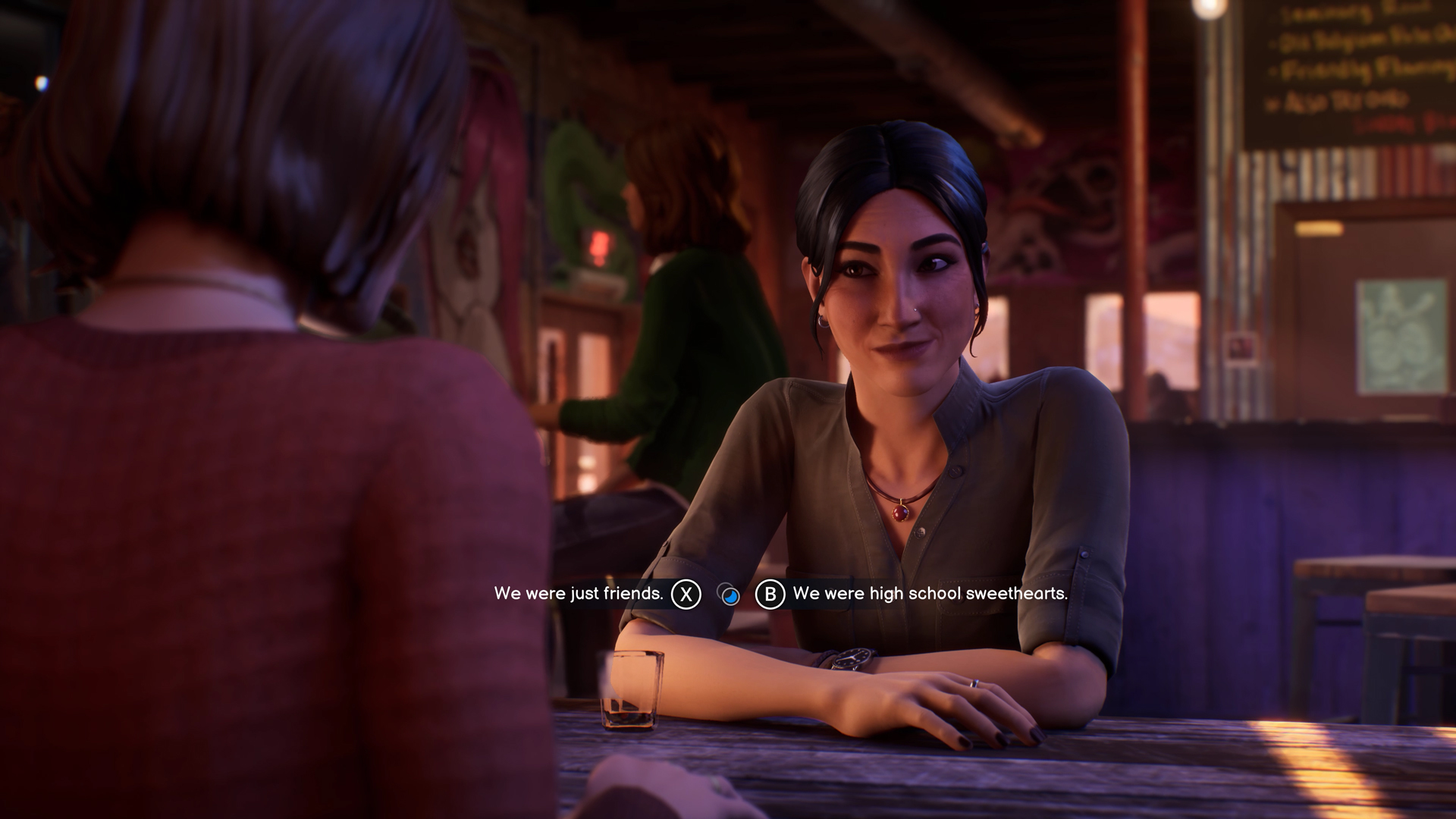
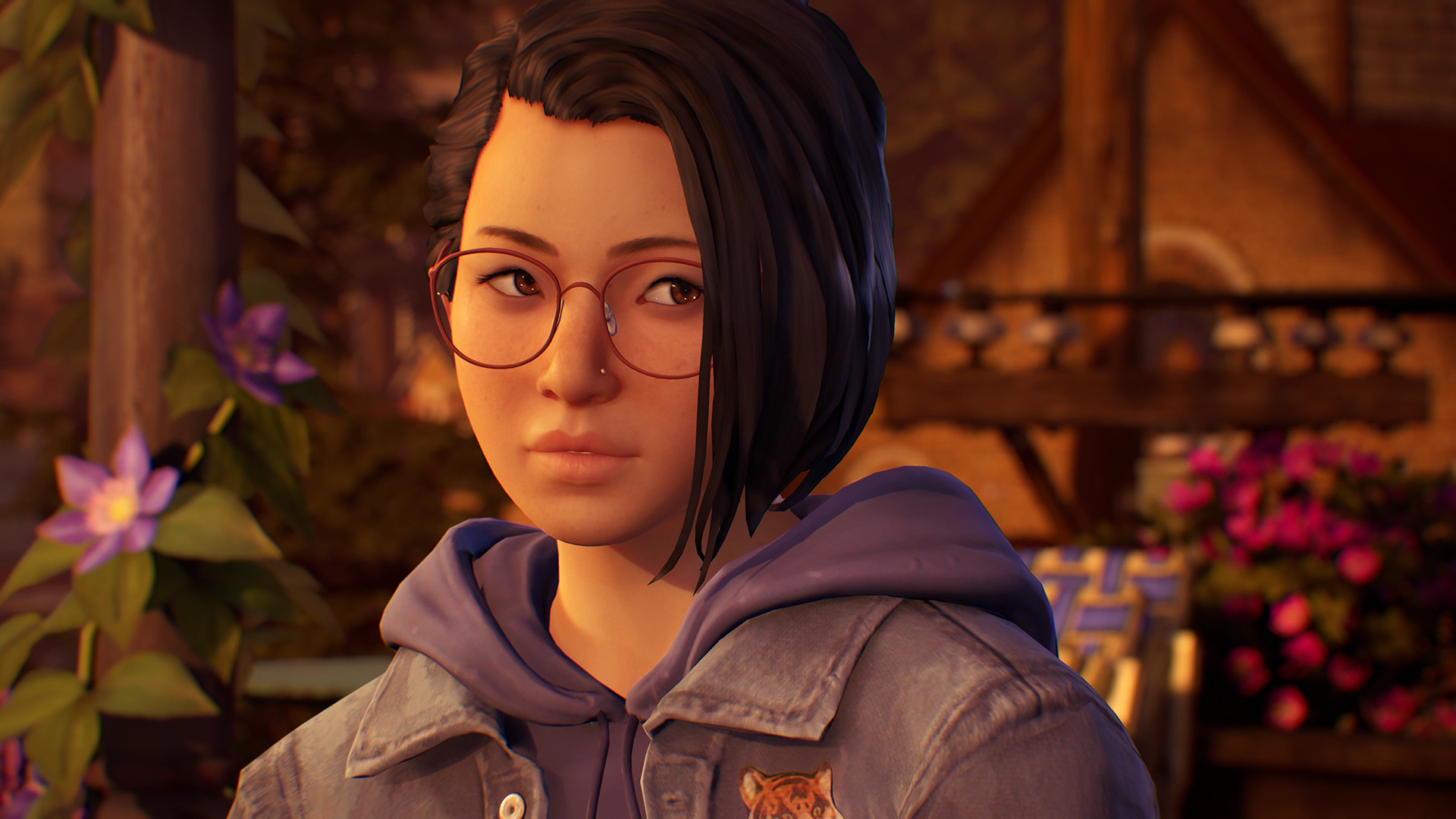
One important thing I immediately asked myself was which of the two endings Life is Strange: Double Exposure might make canon, and I'm glad to report that the answer is simply neither. "There's no canon ending, in our book, to the first game," says Stauder. Perhaps this will play out as a choice we indicate before the game even starts, asking us if we played Life is Strange and which of the two endings we opted for. Either way, Stauder assured us that our choice will be reflected "in Max's thoughts, her journal, her SMSs, and her interactions with other characters".
Seeing Max be quizzed by her newfound bestie and soon-to-be murder victim Safi about the photo of the "blue-haired girl" she keeps in her wallet made me croak out a soft sob, but in a good way. I was all but certain that Deck Nine might make the decision for us in terms of which ending is canon, and with the most popular one being to sacrifice Chloe, I was ready to throw hands at my nine-year-long crush being painfully absent from Max's ongoing story. Thankfully though, I'm told that their journey never quite ended. If you need me, I'll be catching up on the Life is Strange comic books to find out more.
Now that I don't have to worry about her absence, though, I'm left wondering how she will possibly play a role in Life is Strange: Double Exposure. The game takes place years after the events at Arcadia Bay, with Max seeming settled in her new life with some fresh faces. But that means there's a whole lot of history to catch up on. If players chose to save Chloe, will her main character arc reflect her regrets in doing so? What on earth happened to drive the two girls apart after such a monumental, life-changing event? And if players had Max sacrifice Chloe to save Arcadia Bay, how has that guilt shaped her? These are questions Deck Nine will have to answer as a result of its decision to leave the final act of the original game open-ended.
The power within
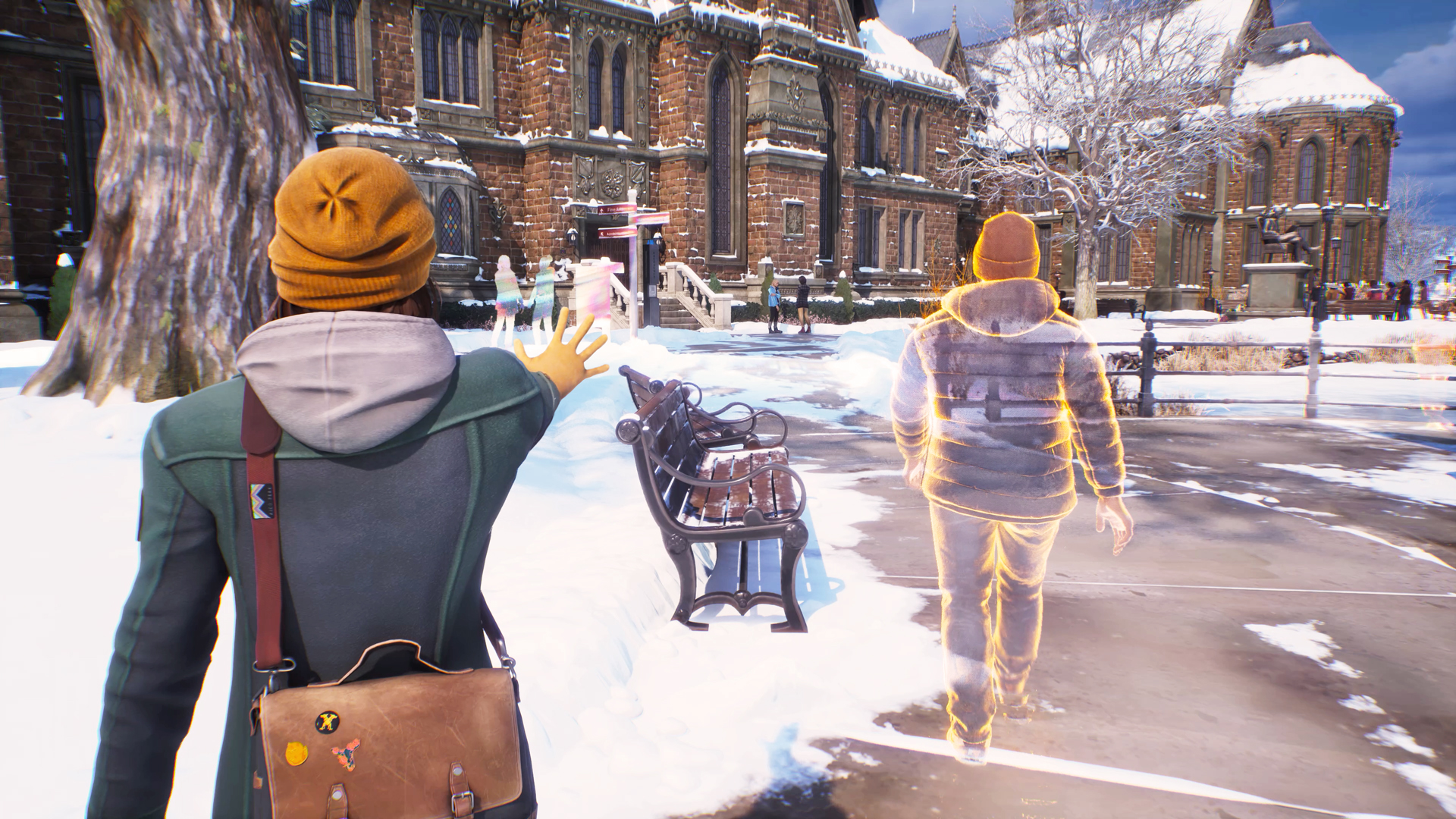
I have every faith that we're in for one of the most angst-ridden, heartbreaking games of 2024.
Having been so long since then, it makes sense that Max's dormant supernatural abilities might have changed as she grew older. Life is Strange: Double Exposure will see the 'Rewind' ability swapped out for 'Shift', a mechanic that lets her step through to an alternate and "opposite version" of the current reality at weak points in the timeline, allowing her to interrogate, investigate, and explore from a new perspective on the quest to solve Safi's murder. Max can also make use of a 'Pulse' ability to check her surroundings before making the jump across, a commitment that might not be so easy to double back from if you make the wrong call.
The power to shift across realities only reinforces my earlier questions about the narrative frame here. With two timelines running simultaneously, does that mean that each one reflects one of the endings from the first game? Could it be that players start off in the timeline that suits where they ended things before, and does that mean Chloe is still out there somewhere, waiting for Max?
Weekly digests, tales from the communities you love, and more
It certainly pulls up a host of other questions on how Deck Nine structures its "supernatural murder mystery" across both realities. Stauder goes on to reference the butterfly effect that certain pivotal choices can have, something that has run through the whole Life is Strange series, but here seems to carry even more weight; if we can't rewind to undo our actions, does that mean jumping across to a new timeline for good will be the only way forward?
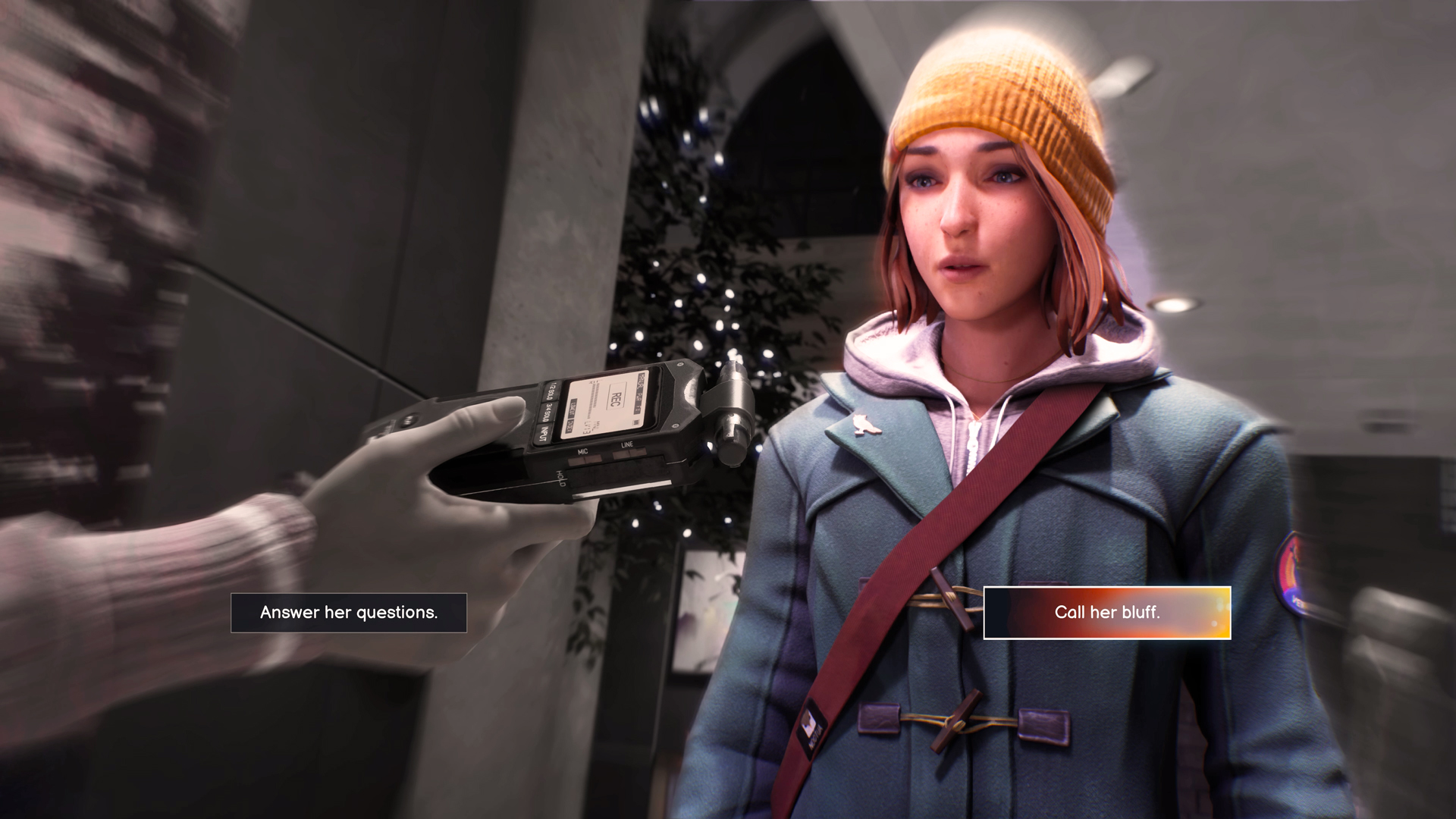
That seems unlikely, given how temporal shifts and the power of choice is the key gameplay hinge in question. But it does seem to suggest that making the wrong choice in either reality will not be a simple case of snapping one's fingers to undo it. Maybe Max will be committing to her decisions in various moments of no return – although hopefully, snapping a picture at an important moment might help us go back to fix things, as in the latter stages of Life is Strange 1.
There's still so much we don't know yet about Life is Strange: Double Exposure, despite Deck Nine going out of its way to prepare us for it. That has me both hopeful and apprehensive; Life is Strange: True Colors and Before the Storm proved that Deck Nine is more than capable of communicating the stylistic heart and substance of the series that Don't Nod pioneered, and as we head into the first proper sequel, I have every faith that we're in for one of the most angst-ridden, heartbreaking games of 2024 when Life is Strange: Double Exposure lands on October 29 for PC, PS5, and Xbox Series X.
Here's a look at all the upcoming Xbox games to look out for in 2024, from Indiana Jones and the Great Circle to Assassin's Creed Shadows.
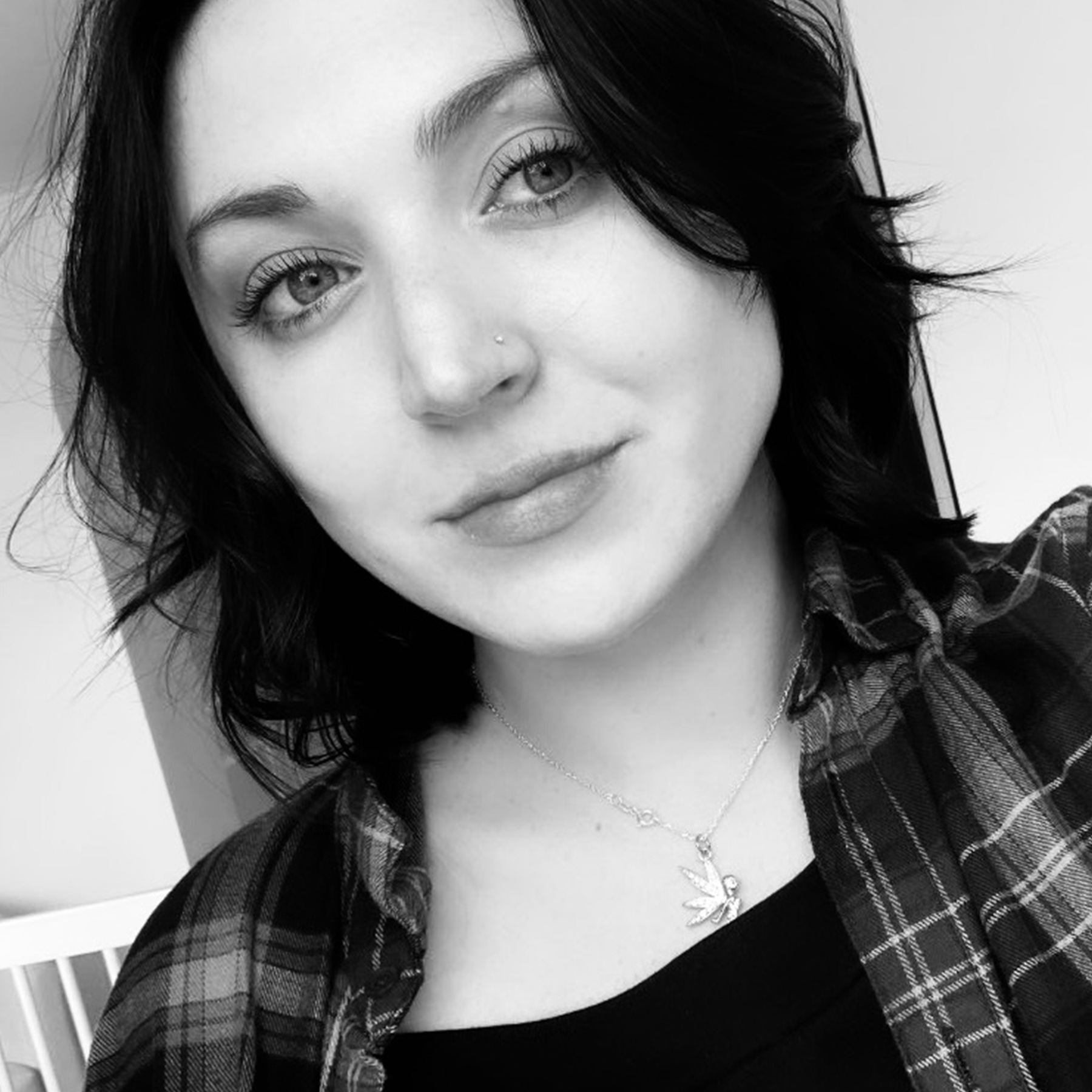
Jasmine is a staff writer at GamesRadar+. Raised in Hong Kong and having graduated with an English Literature degree from Queen Mary, University of London in 2017, her passion for entertainment writing has taken her from reviewing underground concerts to blogging about the intersection between horror movies and browser games. Having made the career jump from TV broadcast operations to video games journalism during the pandemic, she cut her teeth as a freelance writer with TheGamer, Gamezo, and Tech Radar Gaming before accepting a full-time role here at GamesRadar. Whether Jasmine is researching the latest in gaming litigation for a news piece, writing how-to guides for The Sims 4, or extolling the necessity of a Resident Evil: CODE Veronica remake, you'll probably find her listening to metalcore at the same time.



